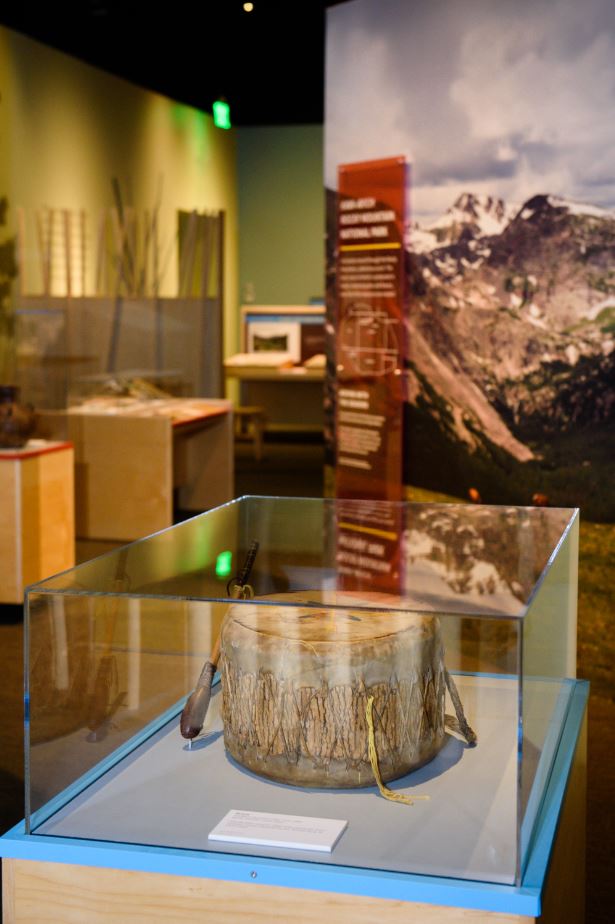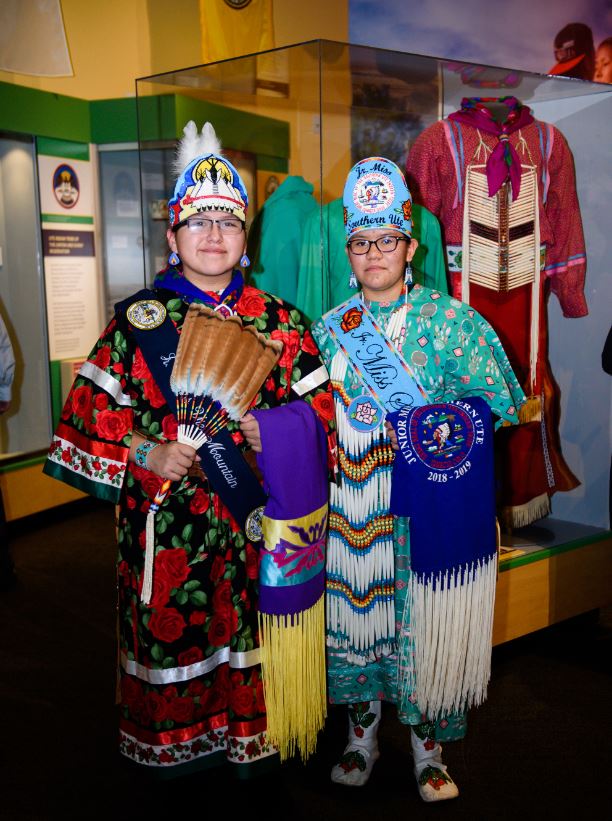
Story
Respect and Repatriation: A Conversation on Tribal Consultation in Exhibits
Congress passed the Native American Graves Protection and Repatriation Act, or NAGPRA, into law in 1990. This federal law mandated that museums across the country examine their collections, make detailed lists of any human remains and artifacts of Native American origin in their possession, and provide these lists to federally recognized tribal authorities for potential repatriation. Thousands of sacred items and human remains were returned to their tribes of origin this way, after decades or even centuries of potentially exploitative treatment.
This was a turning point in the world of museum operations, and has served to reframe entire exhibits and their interpretation. A new emphasis has been placed on outreach and communication with Native American groups before their cultures are placed on exhibit.
Tribal consultation had existed before 1990, but in the decades since it has become the gold standard for art and history exhibits featuring Native American history, artifacts, and culture. It is one of the most important steps in the formation of an exhibit, especially for work at an organization like History Colorado.
“It’s about building respect with people whose stories haven’t been heard,” explains Isabel Tovar. “It’s about giving authority to communities to be able to tell their own stories, and have it be presented correctly.”
Tovar is the NAGPRA Liaison and Assistant Curator of Archaeology and Ethnography at History Colorado. She has been working in museums for the majority of her professional life, more than two decades. While studying for her degree in archaeology, a friend and colleague researching NAGPRA asked for assistance.
“He needed someone to drive the car so he could record an elder who was traveling along with us,” explains Tovar, who got to listen in on the interview as she drove. “And that’s how I was introduced to all this, in 1994.
That serendipitous outing reframed how Tovar viewed the exhibits and museums she had been working with.

A large portion of Tovar's job includes the respectful and culturally sensitive storage, preservation, and display of artifacts like this drum, featured in the Written on the Land exhibit at History Colorado Center. This exhibit details the history of the Ute tribes of Colorado.
“I remember seeing all these museum collections [of Native American artifacts] in storage, sitting in boxes on shelves,” says Tovar, “and I wanted to work with communities to make museums be accountable, to be better stewards, educators, and collaborators. And most of all, to be more transparent.”
Since then, this work has dominated Tovar’s professional life. She has spent most of her career
managing Native American collections and working with Indigenous community members, first for Chicago’s Field Museum of Natural History before coming to Colorado to work for the Denver Museum of Nature & Science. She has served as the NAGPRA liaison at History Colorado since 2019.
Repatriation of human remains, grave items, and sacred objects is typically what people imagine when they think of NAGPRA, but it isn’t by any means the only aspect of Tovar’s job.
“The work that happens with museum collections which are not repatriated is so important,” she explains. “There’s still so many items which are left in museum care, and I spend so much time making sure that care is proper, respectful, and culturally appropriate.”
The way that’s achieved is through tribal consultation. Native American tribes are living cultures and sovereign nations, and it is extremely important that they are a part of the process of not only determining the best way to store and preserve artifacts of their culture, but also the most correct and respectful way for those artifacts and other aspects of culture to be integrated into an exhibit.
Tribal consultation is accomplished by establishing a dialogue between museum curatorial staff and official tribal representatives, including tribal historians.

During the opening of Written on the Land, History Colorado hosted a Tribal VIP Reception, inviting members of the Southern Ute Tribe to attend and see the exhibit before anyone else.
“It’s a conversation,” explains Tovar. “You’re going back and forth, having a discussion. Both sides are talking and sharing information, and finding a solution. You can’t come in having already made a decision. We don’t know everything. That’s one of the main things for the museum profession to be aware of when we work with this material. These are varied collections that we might not always have the information on.”
This work often aims not only to develop new exhibits and interpretation, but also to right past wrongs.
“A lot of it comes down to me listening to some very difficult stories, and acknowledging those mistakes that were made in the past so we can try to move forward. The history of museum collecting has a lot of darkness to it. There are mistakes in curation, representation, presentation, and interpretation. Speaking broadly, the history of how collections were brought into museums often included digging up grave sites without permission. That is part of our past as an organization and a discipline,” says Tovar. “It’s part of the legacy we inherit, and we aim to address those wrongs very specifically.”
Tribal consultation has historically not always featured into exhibit creation and curation. This has impacted how history was viewed and interpreted for generations, but as museums and organizations recognize the importance of consultation, modern practices are beginning to reshape museums and their collections.
Through the work of Isabel Tovar and our other curators, History Colorado exhibits incorporate tribal consultation into their development whenever Native American culture and artifacts are included.
